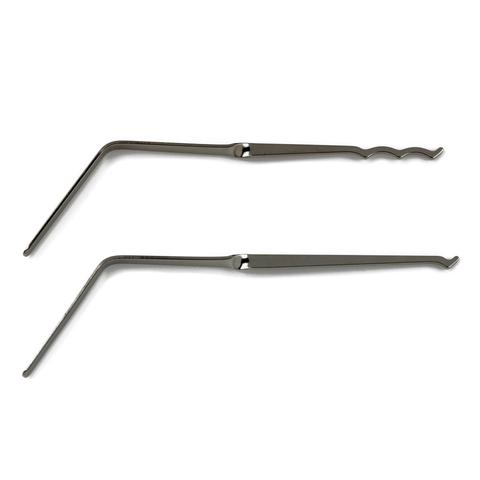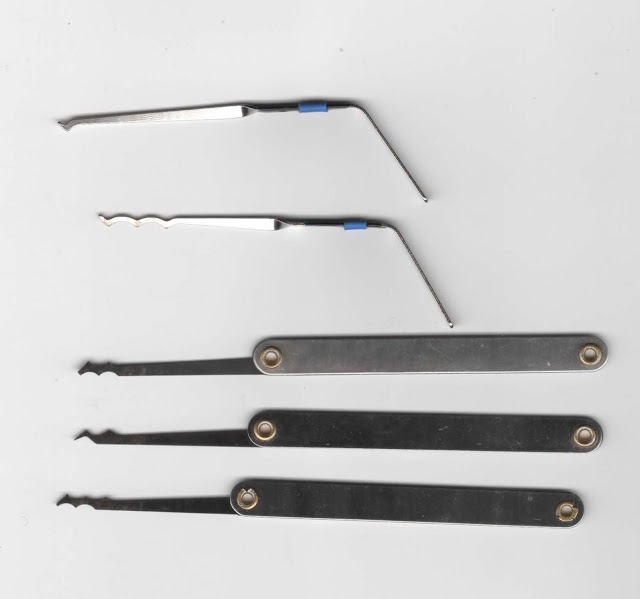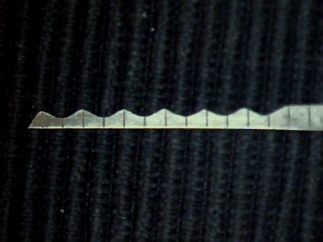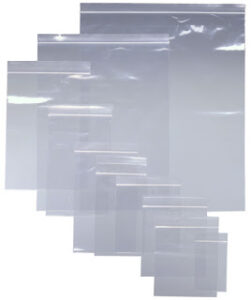Today, as I was coming into work, I was thinking about “magic number seven”.
In short, this is an observation that the average number of related “data chunks” a person can recall is seven, plus or minus two.
This is usually specified as for short term memory, but may be relevant to longer term memorization of lists too.
A friend of mine is working on a language-related project. It seemed to me that if you must have lists of categories or affixes, then breaking them up into groupings of seven or less might be a good approach.
As it is wont to do, my mind drifted and I began to think about the ninja “six tools of travelling”.
I know six is not seven, but bear with me a moment.
I remember this list by recalling that three things on it are “flexible”: hat, rope, “towel”; and that three are not: medicine, writing kit and fire tube.
As I point out in my earlier article, this list does not include a knife, since telling a ninja or any other sensible person of that era to carry one was probably redundant. If we add knife/tools to the list it becomes seven.

OK, I thought, does what I have on me right now meet the criteria of the six/seven tools of travelling/everyday carry (EDC)?
-
Firstly, I have a hat. It’s cold out and my head has little remaining natural insulation. If it was sunny out and I was planning to spend any time outside I would probably have a hat of a different design.
-
Rope, or cordage at least. I have a spare shoelace tucked into the bottom of a pocket. I also have the dental floss in my pocket kit which can be used for a variety of purposes.
-
“Towel”. The item the ninja regarded as a towel (tenugui) was a relatively thin, multipurpose item. I have a bandanna in my pocket which can serve similar purposes, including as an emergency hat.
-
Medicine. My pocket kit contains plasters, painkillers and disinfectant wipes.
-
Writing kit. I have a pencil. I can also write things down on my phone.
-
Fire. No ninja tube of smouldering charcloth, but I do carry a source of fire. A lighter rides in the same pocket as the bandana and shoelace. A short piece of duct tape wrapped around it may be used for repairs or for tinder. A bag of tissues in another pocket may also be used for firelighting.
-
Knife. I carry a Swiss Army knife and a mini-Leatherman squirt and have a Swiss Army Classic SD mini-knife on my key ring.
These seven tools do not just represent concrete objects.
They also represent broader, more generic categories.
For example, the hat also represents shelter, so includes a coat suited to the weather, scarf and gloves should they be needed, and the survival blanket I carry in my pocket pouch.
A silver survival blanket is a far better thing to have available than a little tin full of gizmos and gadgets!
The hat also is a reminder to accessorise! Hats, scarves, gloves, bandannas and similar can make the difference between comfort and catastrophe.
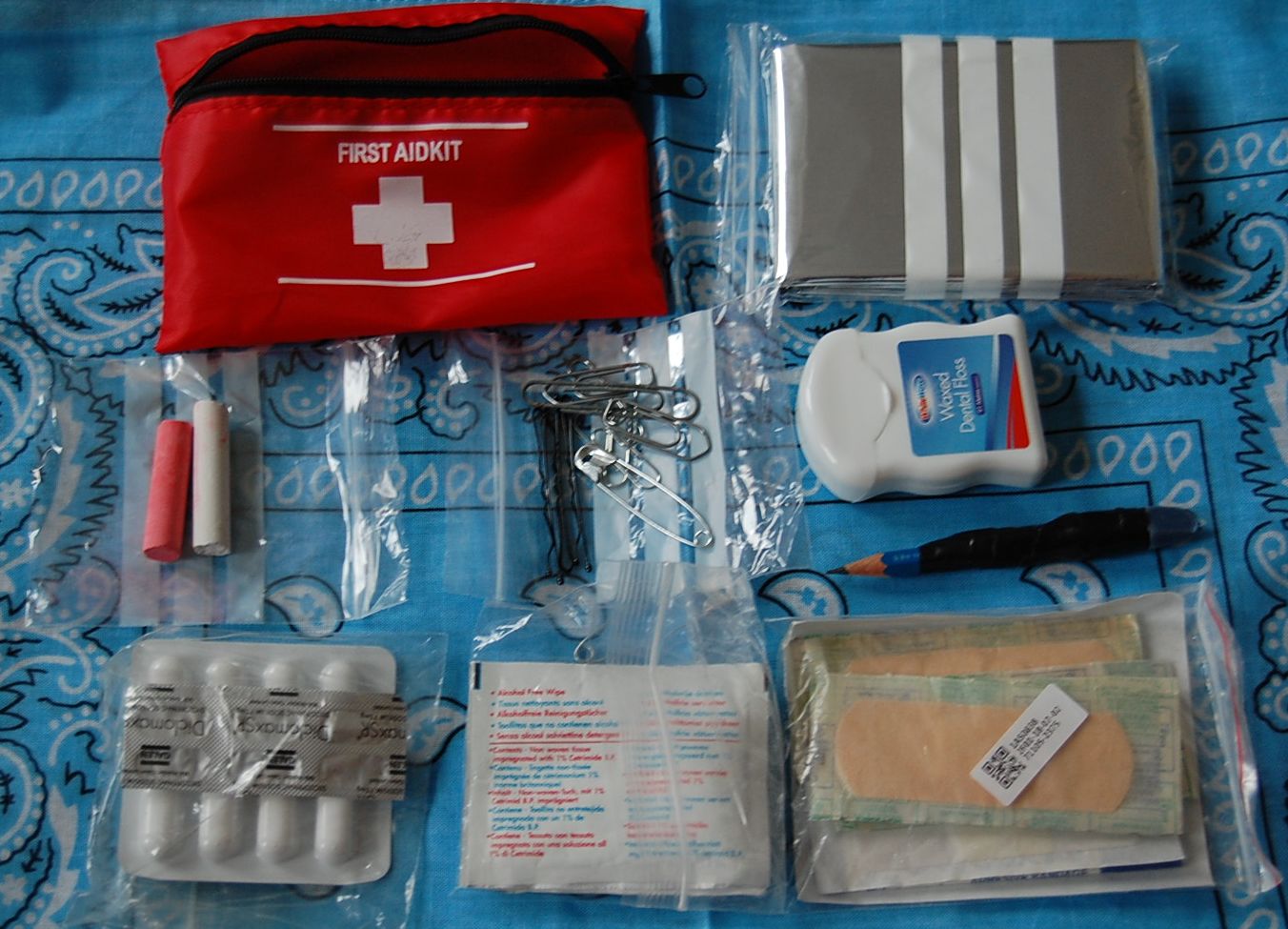
The writing kit also represents communication, so includes my phone and the USB drive I carry.
In addition to the pencil and chalk in my pocket kit, I have a couple of pens (one is part of my Swiss Army Knife) and a Sharpie. The chalk or the Sharpie may be used to mark walls, tree trunks etc.
Communication can include signalling, which includes my phone and the whistle and photon light on my keychain. Illumination can be taken as a subset of signalling. I have a larger flashlight in my thigh pocket, and the phone has a flashlight mode.
The knife also represents tools in the narrower sense, so includes my mini-prybar, diamond sharpening card and the P38-style can opener on the keychain.
The knife also represents the requirement for self-defence, where such is permitted.
The fire icon I have used above also represents knowledge. EDC items are of little use unless one knows how to best use them. Using cordage requires knowing some basic knots, for example.


As can be seen, the “Seven Tools of EDC” are a good starting point for planning an EDC or larger kit.
There are other categories, of course.
Money is always useful and documentation may be needed.
I carry tape, pins, paperclips and other items that might be used for repairs. These might be considered a subset of the knife/tools category. I have added a needle and a metre of invisible thread. This is bound to the side of my pencil along with a wrapping of electrical tape. The needle may be magnetized using the magnet with my Swiss Army Knife.
None of the seven categories really covers navigation, but I do carry a Suunto clipper compass which has proved to be surprisingly useful in town.
On the next level up, food and water, or the means to procure and prepare them should be addressed. At the EDC level this is addressed by the money and credit card. My pocket pouch has a long piece of braided fishing line and a score of small hooks, which may be used for other purposes.
If you live in a very hot, dry environment carrying a supply of water on your person is prudent.
